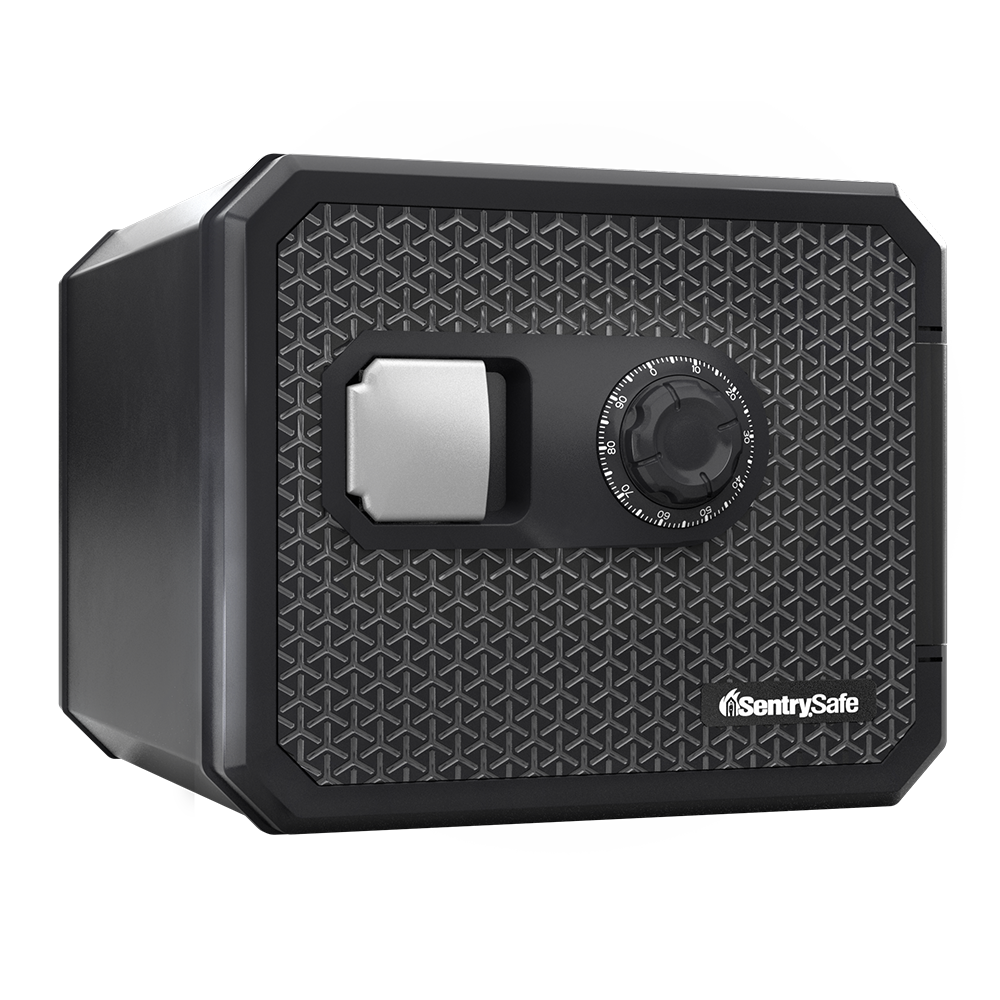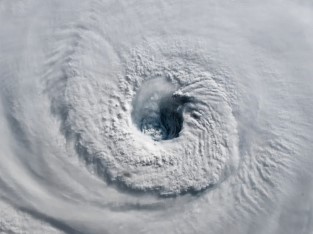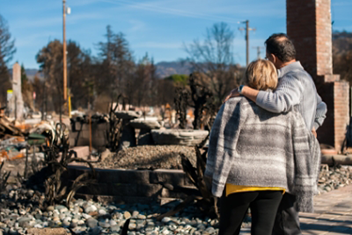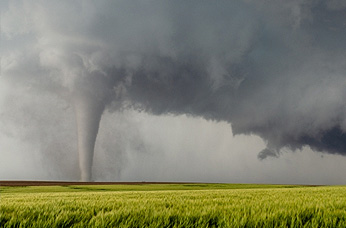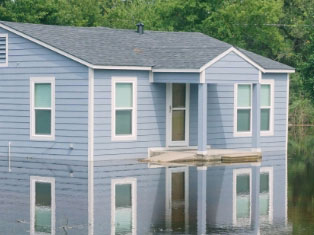- Home >
- Security and Safety Insights >
- How To Prepare for A Natural Disaster in 4 Steps
How To Prepare for A Natural Disaster in 4 Steps

No one is immune to the impacts of mother nature. While it may feel like it will never happen to you, severe weather – including tornadoes, hurricanes, flooding, high winds, wildfires, hail, snow and rain – can happen nearly anytime, anywhere. Knowing how to prepare for a natural disaster is essential for ensuring you're ready when these events occur.
Data from U.S. government agencies has shown that natural disasters are becoming more prevalent, with 2023 being the worst year on record for the most natural disasters.2 In fact, between 1980 and 2023, the annual average of weather/climate disaster events was 8.5 events while the annual average for the most recent five years (2019–2023) grew to 20.4 events.3
It’s hard to find the time to stop and plan ahead, but taking a few minutes to understand your risks and how to prepare now can provide peace of mind later. These four important steps can help ensure you are prepared if disaster strikes.

1. Know Your Risks
The first, and most important, thing to understand is the weather hazards in your area. Do you live in a tornado zone? If so, when is your tornado season? Do you live in an area that’s prone to wildfires? Do you live in a flood zone? It’s essential to do your research so you know how best to prepare.
However, it’s not just extreme weather that poses risks. Everyday activities and household conditions can also lead to fires. Whether it’s cooking, using candles or maintaining fireplaces, these common sources of ignition can be dangerous, especially if weather conditions exacerbate the situation. Being prepared for both weather-related and everyday risks is crucial to ensuring your safety.
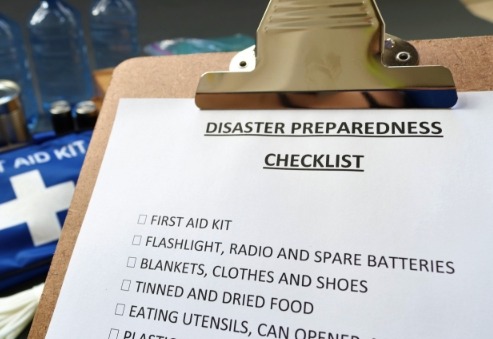
2. Have a Family Emergency Plan
Once you understand your risks, it’s time to make a plan. When you’re under the stress of an emergency, it’s hard to think clearly or rationally. An emergency plan helps to ensure that everyone in your family knows what to do when the time comes. It may include things such as:
• A communication plan
• Your meeting place
• How to care for your pets
• Evacuation routes – both out of your house and your local area
Consider using lock boxes to securely store keys or fobs. This allows trusted neighbors or emergency contacts to access your home or vehicle if you’re unable to get there yourself during a crisis. Strategically placing these lock boxes ensures that help can reach your property when needed. Be sure to think through different scenarios, like during work or school hours, and have a plan for those, too. Practicing with the whole family can make it easier when the time comes. Visit Ready.gov and take the first step in "creating a disaster plan."

3. Safeguard Documents
Another important part of emergency preparation is making sure key documents, like insurance policies and personal documents, are up to date and secure. Be sure to understand your coverage and adjust it if it does not match what you learned in your risk assessment. Many people assume that insurance covers everything in a catastrophic event. But all too often, they are surprised to learn that a critical component, like flooding, is not covered until it is too late. Make copies of your documents, including digital copies, and keep your originals in a secure location, like a safe. Choosing a highly-rated fireproof and waterproof safe is critical to protecting your documents in a natural disaster. It’s important to remember that not all safes are truly equal in their fire ratings, despite what some may claim. Be sure to review the specifications carefully and choose a safe that meets rigorous testing standards to ensure your valuables are well-protected.
Beyond safeguarding your documents, consider other essential security measures to protect your property. Although padlocks might seem insignificant compared to the power of nature, they can play a crucial role in protecting valuable items or securing sensitive areas within damaged structures. Whether you're locking up a storage room or securing a shed to prevent theft, a Master Lock padlock can be a small yet effective tool in maintaining security and order in the aftermath of a natural disaster.
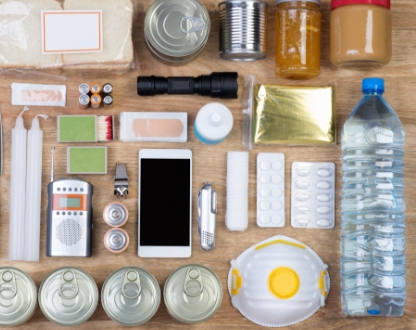
4. Gather Essential Supplies
When a natural disaster hits, you never know how long you will be displaced or when you will be able to return to your home for necessary items. So, it’s a good idea to build an emergency kit with essential items such as:
- Medications
- Water and food
- Flashlight
- First aid kit
- Power cords and charger
- Extra batteries
- Whistle
- Manual can opener
- Duct tape
- Moist towelettes
- Garbage bags
- Wrench or pliers
Put these items near the door or in your car for easy access when you are in a hurry. Try to keep your phone charged when possible as it will be a valuable tool to help you stay connected with family and to understand instructions from local authorities.
We can’t control when severe weather comes our way, but we can make sure we are better prepared to deal with it when it does. Take the time to plan ahead now to provide peace of mind when the time comes. It can make all the difference. To learn more, visit Ready.gov.
Sources
